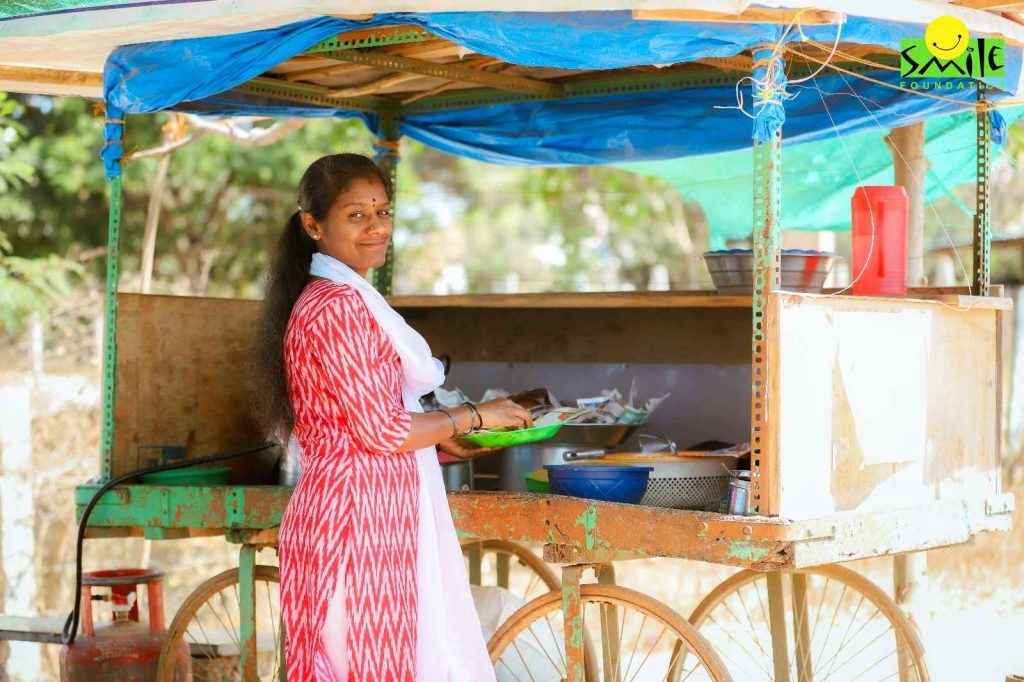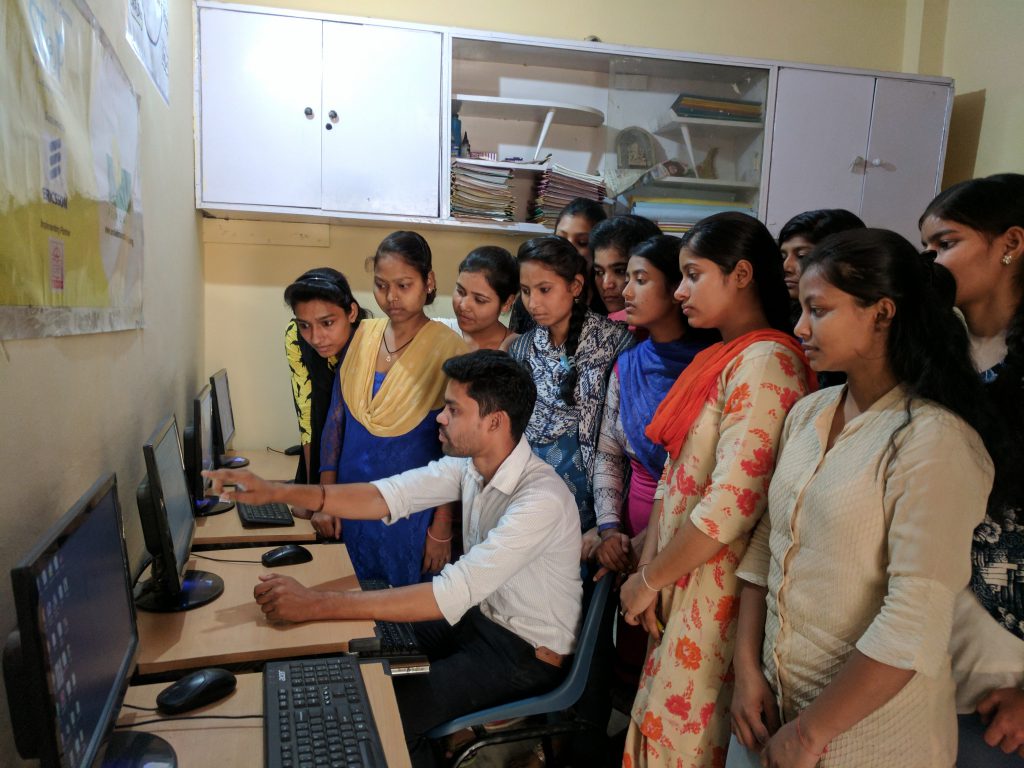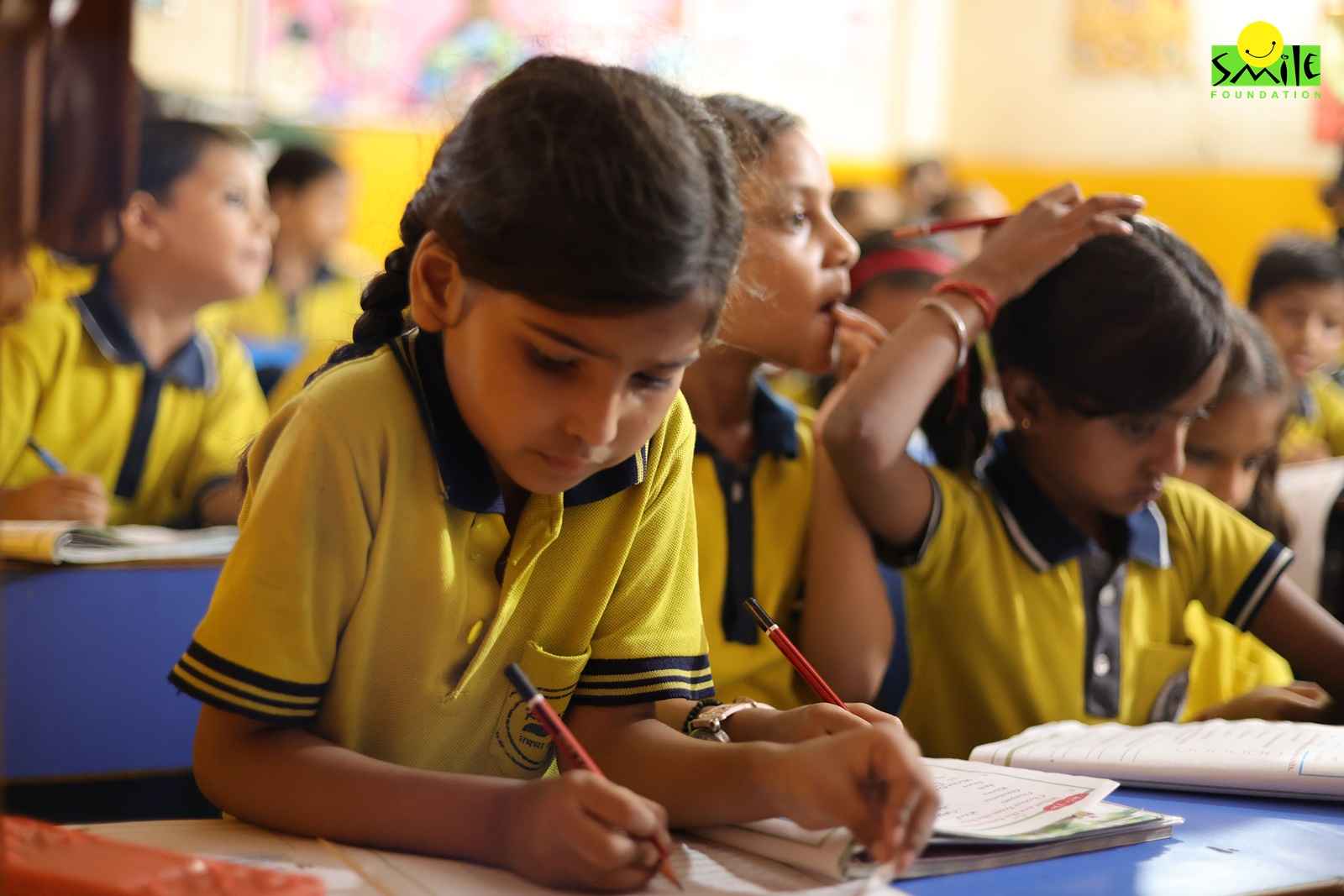In India, women’s economic contribution stands at 17% of the GDP, falling significantly below the global average of 40%.
The typical structure of Indian society is as such where men are seen as the natural leaders and providers. The corporate world is dominated by men. Why? Because many women are not trusted with the higher posts and responsibilities
The recent report of WISER is a breath of fresh air against all these notions. According to the report, from the initial 10%, women-led startups have risen to 18% in India during 2017 and 2021. The number of unicorn startups which are led by women are 17% in 2022, while the same number was 8% in the year 2017. Not only that, they have much higher value according to their investors.
Women-led startups are also getting funded much more than before. Out of the total funding of $21.9 billion to the entire startup ecosystem, women-led startups secured 20% by 2022.
All the above numbers and stats paint a really good picture, but does the reality echo with the numbers? What is the real status of women entrepreneurship in India?
Let’s take a look into the ground reality: The Status of Women Entrepreneurship
On an everyday basis women have to fight against multiple cultural and social biases, issues of limited access to finance and many more.
In the Indian corporate world, there are only 5% of women in leadership positions. India ranks 57th among 65 countries on the Mastercard Index of Women Entrepreneurs. In India, women’s economic contribution stands at 17% of the GDP, falling significantly below the global average of 40%.
A 2019 Reserve Bank of India (RBI) survey of 1,246 startups revealed a significant gender disparity among their founders. Only 5.9% of the participating startups were founded exclusively by females, while a whopping 55.5% had solely male founders. However, 38.6% of the startups had both male and female co-founders, indicating a relatively balanced gender representation.
As we move towards becoming the biggest economy of the world, there is no doubt that women’s significant participation is substantial- after all the percentage of women in India is almost 50%- a significant number.
Situations and Problems
Limited Resources: Most women-owned businesses are small, home-based, and informal in nature, this can make it hard for them to reach customers and learn marketing skills, and thus, lose out on big funding important for bigger business turnovers.
Women entrepreneurs also face unique challenges like limited freedom of movement, too little time due to family responsibilities, and safety concerns. Overcoming these obstacles would mark their baby steps towards real success.
Additionally, many women lack digital skills because they have less access to education, phones, and the internet. This puts them at a disadvantage in today’s business world which is largely digital in nature.
Gender Stereotypes: Societal expectations often portray women as caregivers, relegating business pursuits to men. This limits their access to resources, support networks, and funding.
In India, only 19% of the 432 million working-age women actively engage in formal and paid employment.
Work-Life Balance: Balancing family responsibilities with running a business is a constant struggle for an Indian woman. Family pressure to prioritize household duties restricts the time and energy women can dedicate to their ventures.
Access to Funding: In India and South Korea, ‘Global Entrepreneurship Monitor’ (GEM) study found that women entrepreneurs faced more challenges in securing funding for their businesses compared to men.
Due to limited property rights, women do not have ownership of property or assets registered under their name, making it difficult to secure loans or act as guarantors.
Lack of Power: Even when women own businesses, they may not have full control. Social expectations, family dynamics, limited freedom of movement, and safety concerns prevent them from making independent decisions about their business.
It is important to remember that a woman’s name on a business does not always mean she is in charge. Many “female-led” businesses depend on men for important decisions, resources, and market connections. Research shows that the number of businesses truly run by women may be smaller than we think. Studies like MSC’s Diaries24 project highlight how social barriers hold women back in business.
Limited Networks: Women have difficulty accessing professional networks dominated by men, hindering access to potential clients, investors, and collaborators.
Government efforts
In recent years, government programs have made a real difference for women running small businesses. These programs offer cheaper loans, connections to customers, skill training, help understanding finances, and easier ways to get small loans.
For example, the ‘Mission Shakti’ scheme helps women become stronger by focusing on job skills, building confidence, and better managing money. The ‘SAMARTH’ scheme specifically targets women in rural areas, helping them start their own businesses, become independent and improve upon the overall status of women entrepreneurship in India.
While schemes like ‘Mudra Loan’ provide money for women starting salons, tutoring centers, or tailoring businesses. Similarly ‘Annapurna Yojana’ helps women in the food industry buy the equipment they need to get started.
Meanings of women led entrepreneurship beyond the norms
Swabhiman program by Smile Foundation extends support to women aspiring to become small-scale entrepreneurs by offering comprehensive training in financial literacy and providing initial funding to kickstart their businesses. Primarily focused on empowering women in the tailoring and food carts sector presently, the program equips participants with important skills in business management, marketing, and financial planning, thereby enabling them to establish and sustain their enterprises successfully.
By fostering a conducive environment for entrepreneurship, Swabhiman aims to support women and create avenues for economic independence. The initiative harbors ambitions to diversify into other sectors, thereby broadening the spectrum of opportunities available to women and fostering inclusive economic growth in the communities it serves.
Through its multifaceted approach, Swabhiman not only nurtures the status of women entrepreneurship but also catalyzes positive socio-economic change, empowering women to realize their full potential and contribute meaningfully to their families and communities.
Women-led businesses are more than just good for the economy. They break down barriers and show what equality in the workforce can achieve. India is on a path where women are leading the way, and government programs can help create more opportunities for them. By giving women the right tools and training, we would push more strongly for the entire country’s success.
India could add up to 90 million non-farm jobs by 2030 and gain billions in economic growth by focusing on women’s success. That includes an additional 55 million women who could join the workforce with the right support. To reach this goal, we need to make sure women have better access to the resources that already exist. This means addressing challenges women face throughout their business journey. With the right approach, we can create a future where women-led businesses are a powerful force, driving India towards a $5 trillion economy.









